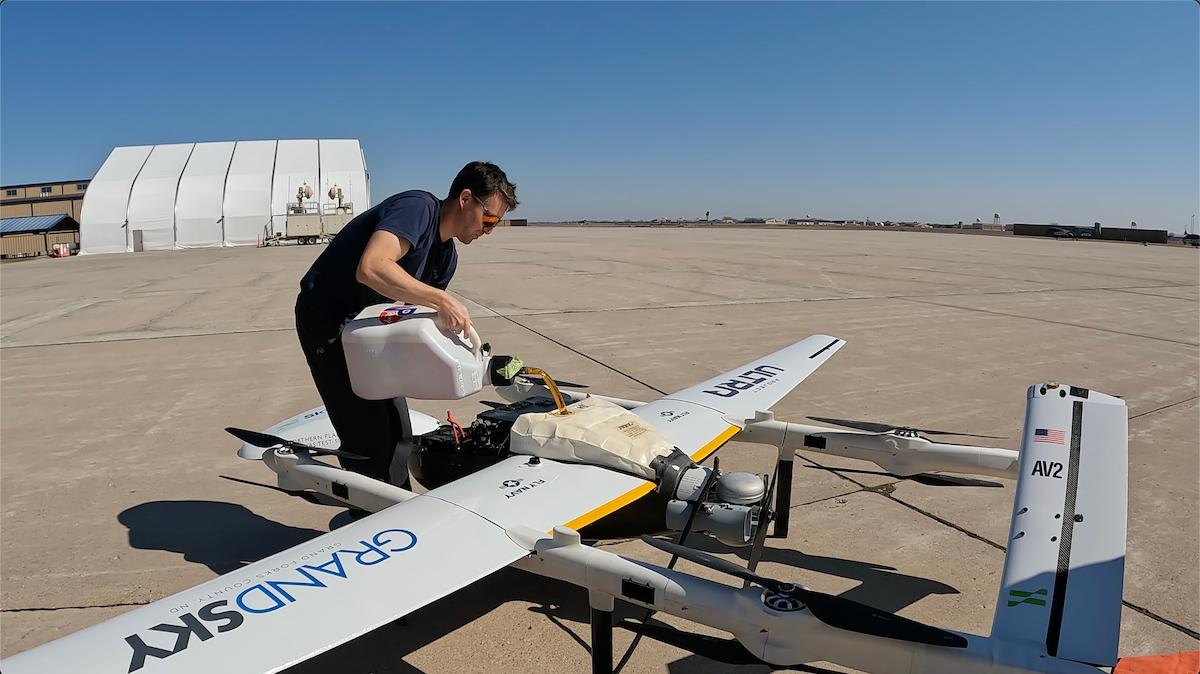The integration of uncrewed aircraft systems (UAS) into the National Airspace System (NAS) poses substantial challenges, but innovative solutions like the ASIS Core are paving the way for safer and more efficient operations. ASIS, or Airspace System Integration Service, developed for use by Project ULTRA at GrandSKY in Grand Forks, North Dakota, offers a comprehensive platform to manage UAS traffic effectively. This system enhances operational reliability by integrating various stakeholder systems and technologies seamlessly, making BVLOS drone flights in the NAS both scalable and repeatable.
Origins of ASIS and the ASIS Core
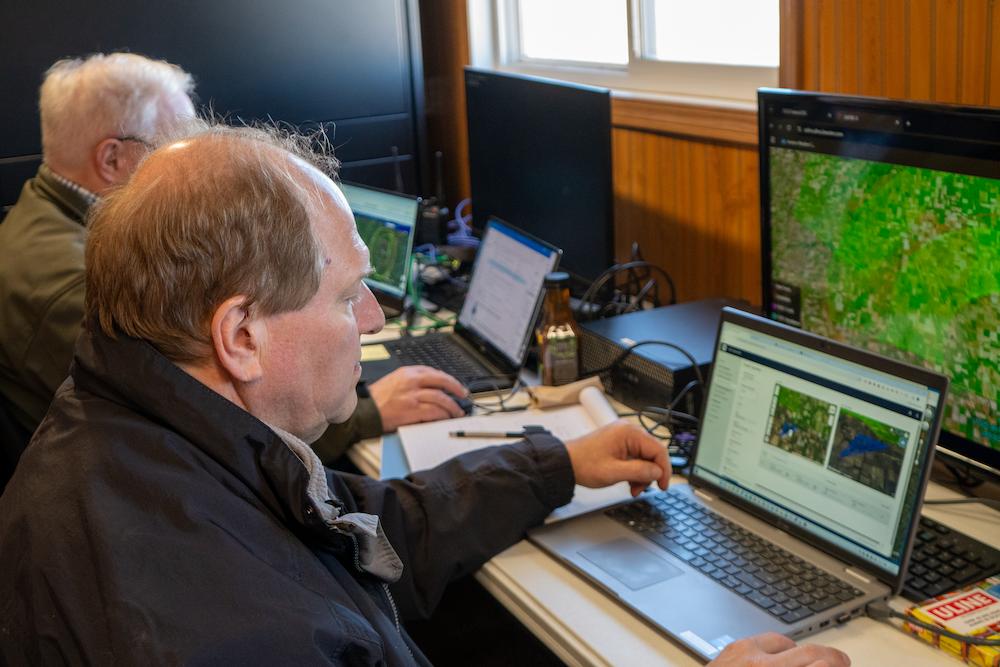
ASIS has its roots in technologies developed by both the Air Force Research Laboratory (AFRL) and NASA. It was modeled after NASA’s “Freddie” system, which uses the xTM Client as its backbone operating system, and AFRL’s C.L.U.E. (Collaborative Low Altitude UAS Integration Effort), which was part of initiatives like Agility Prime and AFWERX aimed at advancing UAS capabilities.
The “Core” of ASIS Core consists of a set of servers and protocols that creates a simple and cost effective solution to allow multiple airspace management systems to communicate with each other. Using the ASIS Core, multiple airspace stakeholders, such as UAS operators, AAM operators and others can connect to each other as well as to any number of passive and active surveillance sensors and share the data necessary to deconflict without having to be on the same operating system.
According to Chris Hewlett, the Managing Director for Project ULTRA (See previous AG coverage here), the creation of ASIS Core was driven by necessity. Designers initially developed to evaluate these federal UAS Service Supplier (USS) systems for UAS traffic management (UTM). They replicated the architecture of these federal systems, which operate on three basic servers—discovery and synchronization, authentication, and basic flight information management.
Ultimately, ASIS Core evolved beyond a mere platform for operational testing and evaluation (OT&E) of traffic management systems; it became a stand-alone next-generation UTM product that provides a scalable and safe environment for managing UAS operations
Key Features and Technologies
ASIS Core is built on the principles of collaboration, real-time data exchange, automation and scalability. It allows multiple UAS operators to manage airspace usage collaboratively, facilitating the sharing of critical data such as drone locations and flight plans between operators and regulatory bodies like the Federal Aviation Administration (FAA).
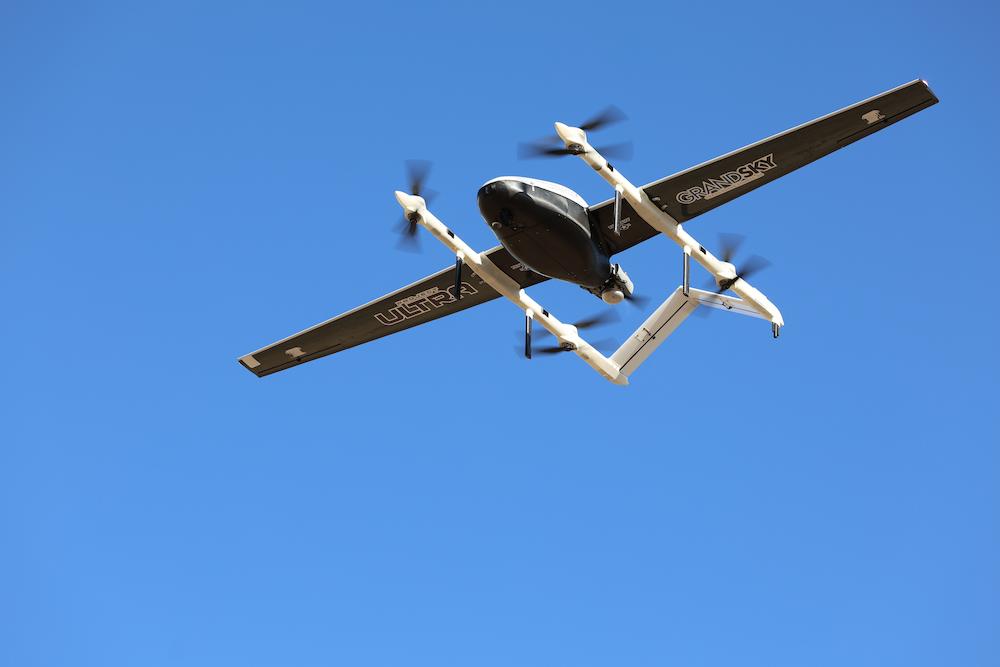
Modular Open Systems Architecture
The system is open architecture which, in Hewlett’s words, allows “anyone to bolt on sensors, users or data inputs.” ASIS Core can aggregate a wide range of data, including weather, routing, flight management systems information, aircraft operating information, radar data, ADS-B, counter-UAS sensors, electronic warfare (EW) and electromagnetic interference (EMI) data, and RF detectors. And the list goes on.
Data Discrimination
It also has the flexibility to truncate a given volume of exchange for “just in time communications,” explained Hewlett. This allows independent users to focus on the information they need while reducing the complexity of data exchange.
For example, air navigation service providers (ANSPs) can receive only the data they need, such as targeted routing information for UAS volume requests (UVRs) to ensure deconfliction with other ANSPs and prevent overlaps in multiple UVRs, without having to cull out irrelevant data.
Streamlined Communications
The system leverages automation and application programming interfaces (APIs) to streamline communication, which reduces the need for human intervention. This is particularly important for BVLOS operations, which are complex and require advanced tools to mitigate risks.
Integration with Military Radar
A key feature of ASIS Core is its integration with military radar and DOD other systems. GrandSKY, a key partner in Project ULTRA, has access to DOD radar feeds. It couples air surveillance radar from Grand Forks Air Force Base with ADS-B to create a sense and avoid system that enhances airspace awareness and control.
The radar data is fused with other sensors into a unified view of airspace usage to enhance safety and efficiency. This integration is crucial for providing a comprehensive situational awareness display for operators, particularly in environments where, as at GrandSKY, military and civilian UAS operations are integrated.
An Accurate Common Operating Picture
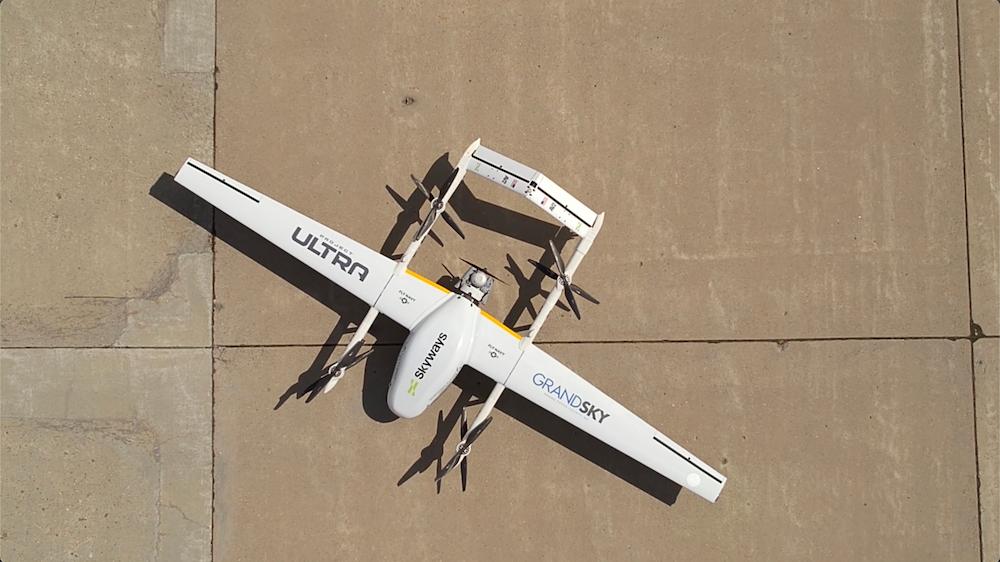
Tom Swoyer, founder of GrandSKY, emphasized the importance of collaboration and data sharing in airspace management: “We want all systems to feed data to a common Core, so that we all know what each other is doing. We don’t want to be picking winners and losers in traffic management, we want all UAS operators to be able to use the system that is best for them in any airspace environment.”
ASIS Core achieves this through its discovery and synchronization server, which creates a common operating picture (COP) and ensures that all data has the same timestamp. This prevents “nulls” in the system, Hewlett noted, where data mismatches can cause freezes or glitches and allows for clean data exchange and a unified view of airspace usage.
Current and Future Partnerships
ASIS Core is part of a larger collaborative effort involving various organizations. The GrandSKY team is always looking to expand the ecosystem.
Partners Today
Current key partners include Simulyze, which built ASIS for GrandSKY and is the architect of the ASIS Core. AX Enterprize operates CLUE for AFRL, with plans to deploy it at Grand Forks Air Force Base.
Skyways is also an integral part of Project ULTRA and will provide the test drones that will prove out ASIS Core. The company has an existing Small Business Innovation Research award from both the Naval Air Warfare Center and AFWERX Agility Prime.
Partners for Tomorrow
Hewlett revealed that his team also continues to explore future partnerships with companies like BlueHalo, which could integrate its airspace command and control technology, and Anduril, for sensor awareness and mitigation.
The Pentagon, Hewlett explained, mandates that his team work with companies already contracted with the federal government, such as those with SBIRs. This approach ensures that ASIS Core integrates with existing federal partnerships and enhances current capabilities “We don’t pick the winners,” added Swoyer.
Benefits of Partnering
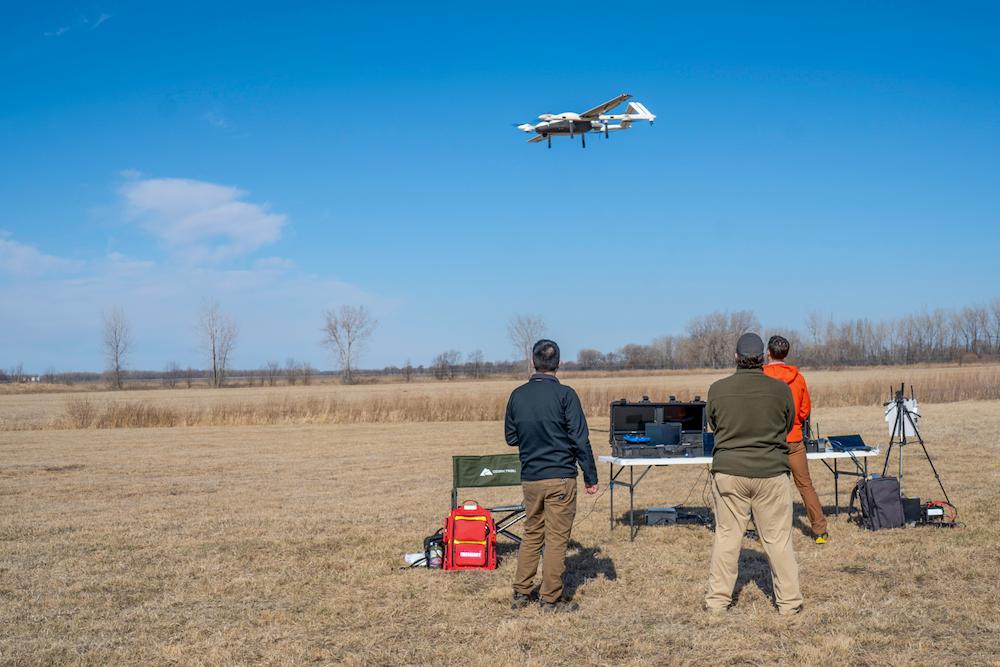
Partnering with GrandSKY to utilize ASIS Core offers several benefits:
- Enhanced Safety and Efficiency: ASIS Core provides a scalable and safe environment for flight testing, streamlining the lifecycle from simulation to live flight testing without compromising safety.
- Access to Advanced Technology: GrandSKY’s partnerships bring cutting-edge technologies into the ASIS Core ecosystem that improve airspace awareness and control capabilities.
- Data-Driven Operations: Because ASIS Core is sensor-agnostic and location-independent, it can consume data from virtually any sensor. This flexibility is critical for building a comprehensive airspace management solution that can work anywhere, anytime.
- Collaborative Environment: GrandSKY offers a unique public-private partnership model that fosters collaboration among diverse stakeholders, encouraging innovation and mutual growth.
Hewlett emphasized, “We need more partners, more sensors,and more data-driven operations because we need to be able to provide that data as a proof point to the FAA to convince them that we’re going in the right direction.”
Proof of Concept
Speaking of proof points, ASIS Core will be showcased in several upcoming demonstration flights. The first set of flights occurred from April 26 to May 1, focusing on capability demonstrations of drones to build safety cases. These flights were invitation-only and took place at GrandSKY and a few outlying fields.
A larger demonstration is planned for July 14-28, involving logistics flights between Grand Forks Air Force Base and Cavalier Space Force Station. ASIS Core will play a critical role in safety risk management during these flights, which will include a minimum of 10 roundtrip flights. While these events are not open to the public, there will be opportunities for outreach and viewing for select stakeholders.
The Skyways drones, including the V2.6 and V3 models, are integral to these demonstrations. The V2.6 was used exclusively during the spring flights, while both models will be used in July. The drones will be connected to ASIS Core through a navigation link, ensuring seamless integration and data exchange.
Watch Tom Swoyer and Chris Hewlett on the Dawn of Autonomy 2025.

